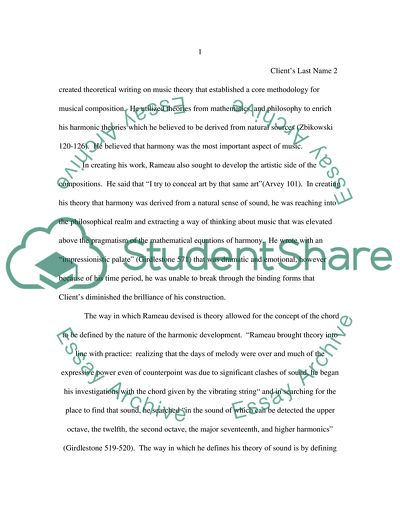Cite this document
(“Homage a Rameau: An Analytic Study of Debussys Work Essay”, n.d.)
Homage a Rameau: An Analytic Study of Debussys Work Essay. Retrieved from https://studentshare.org/music/1552878-analytical-essay-homage-a-rameau
Homage a Rameau: An Analytic Study of Debussys Work Essay. Retrieved from https://studentshare.org/music/1552878-analytical-essay-homage-a-rameau
(Homage a Rameau: An Analytic Study of Debussys Work Essay)
Homage a Rameau: An Analytic Study of Debussys Work Essay. https://studentshare.org/music/1552878-analytical-essay-homage-a-rameau.
Homage a Rameau: An Analytic Study of Debussys Work Essay. https://studentshare.org/music/1552878-analytical-essay-homage-a-rameau.
“Homage a Rameau: An Analytic Study of Debussys Work Essay”, n.d. https://studentshare.org/music/1552878-analytical-essay-homage-a-rameau.


